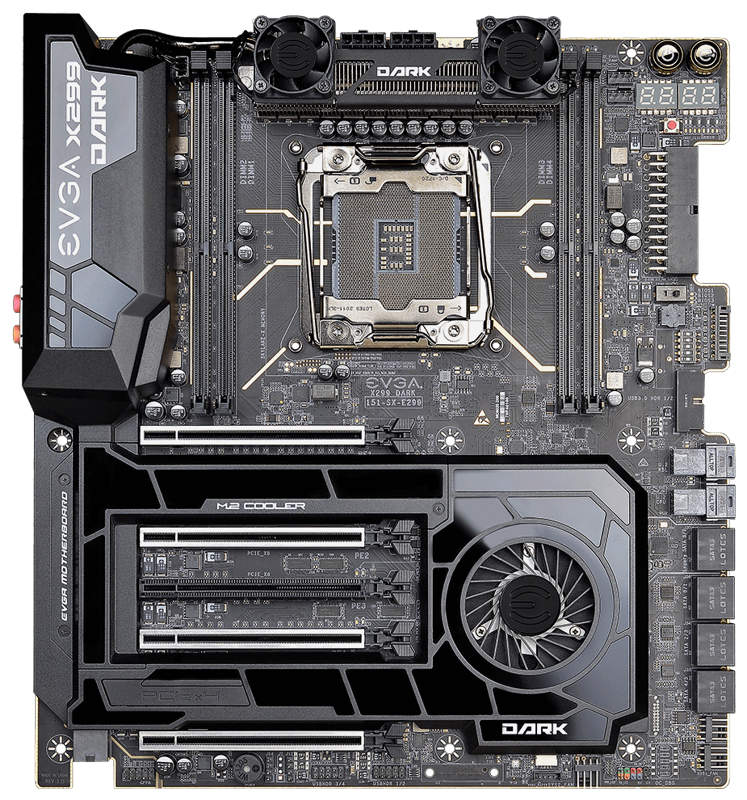Xfr amd ryzen: what is this technology automatic overclocking?

Table of contents:
Since the AMD New Horizon event we have been talking about the XRF technology of the new AMD Ryzen processors, but what exactly is XFR (eXtended Frequency Range) and how can it benefit the consumer? We have put together this article to explain to our readers what this new addition to AMD's new CPU generation is.
How current processors work and what is AMD XFR

Before we get fully into the XFR concept we have to understand how processors currently work, at least most of them. The current processors include several cores inside, we have processors from 2 cores to 10 cores, there are really more core models but they are not aimed at the domestic sector.
All these processors operate at a speed that is measured in MHz or GHz, it really does not matter to use one or the other since it is like giving a measurement of a distance in meters or kilometers. Among the characteristics of the processors we always find the speed at which they work, for example 3.5 GHz.
As we have commented, the current processors include several cores inside, however this does not necessarily imply that all of them will be used when performing a task, there are many applications that even today only use one core. When the processor only uses a core or several of them but less than the totals that it has, it can reach a higher operating speed, this is what is known as the turbo speed.
Let's see an example, the Core i7-7700K has a speed of 4.2 GHz and a turbo speed of 4.5 GHz. This means that when all its cores are being used, the processor works at 4.2 GHz and when it is using fewer cores than its totals, it works at a higher speed, which can reach 4.5 GHz or stay below. This occurs because when not all the cores are used, the processor consumes less power and heats up less, therefore it is possible to make it run at a higher speed without any risk.
Whether the processor is capable of achieving its turbo speed depends on several factors, the most important are the number of cores that are working and the heatsink that the user is using. If a poor quality heatsink is used, the processor will get very hot despite using only one core and therefore will not be able to reach its maximum speed or will not be able to maintain it for long.
The main limitation of this system is that once the turbo speed has been reached, the processor does not increase its speed due to the very good cooling we have. This is precisely where AMD XFR technology comes into play. Thanks to XFR, processors will be able to exceed their turbo speed when the cooling keeps them cold enough so that it doesn't pose a risk. Something very characteristic of XFR is that it only works when you are using a processor core.

One of the first processors to hit the market with XFR technology is the AMD Ryzen 7 1800X. This processor has a speed of 3.6 GHz and a turbo speed of 4 GHz, when all its cores are being used it will work at 3.6 GHz and when fewer cores are being used it will work at a speed of 4 GHz or slightly less. So how does XFR affect this processor?
If accompanied by sufficient quality cooling, the Ryzen 7 1800X will be able to make use of XFR technology to exceed its 4 GHz turbo speed, AMD claims that the processor is capable of reaching 4.1 GHz thanks to this new technology. As we see, the speed increase provided by XFR is quite small but it is something that is offered to us for free and that will undoubtedly improve the performance of the processor.
WE RECOMMEND YOU New details of AMD's 16-core processor, to be announced in MayTherefore, AMD XFR can be defined as a second turbo processor speed, which will only be used when the user has a sufficiently efficient heatsink, so that the temperature of the processor is kept below certain safety limits. Its operation is completely transparent to the user since we will not have to do anything to start it, when the necessary conditions are met it will come into operation and when they stop meeting it will stop working.
Evga x299 dark updates its bios with a stress test and automatic overclocking

EVGA is primarily known for its Nvidia hardware-based graphics cards and high-quality power supplies, but EVGA has also released a new BIOS for its EVGA X299 DARK, which adds support for an integrated stress test and a utility for automatic overclocking.
Rapoo Introduces Automatic Peripheral Pairing Technology

With Rapoo's new Multi-Mode technology, we can connect the same mouse or keyboard to multiple devices.
Apu ryzen 4000 will have 100mhz automatic overclocking

The Ryzen 4000 APU appears to have automatic technology similar to the PBO overclocking of the Ryzen 3000 desktop version.




